3rd Dohara: "As[i] Kripaan Khando Kharrag..."
![3rd Dohara: "As[i] Kripaan Khando Kharrag..."](/content/images/size/w960/2022/03/maxresdefault.jpg)
Dhan Dhan Kalgidhar Maharaj, Chittey Baja Wale Paatshah, Neela-Ghorh Asvaar, Sarbans Daani, Dasmesh Pita Ji Sri Guru Gobind Singh Sahib Ji Maharaj
–
ਦੋਹਰਾ (Doharaa)
ਅਸਿ ਕ੍ਰਿਪਾਨ ਖੰਡੋ ਖੜਗ ਤੁਪਕ ਤਬਰ ਅਰੁ ਤੀਰ॥
As[i] Kripaan Kha[n]do Kharrag Thupak Thabar Ar[u] Theer
ਸੈਫ ਸਰੋਹੀ ਸੈਹਥੀ ਯਹੈ ਹਮਾਰੈ ਪੀਰ॥ ੩॥
Saif Sarohee Saihathhee Yahai Hamaarai Peer
–
This is the 3rd Doharaa, please see previous sections for relevant context
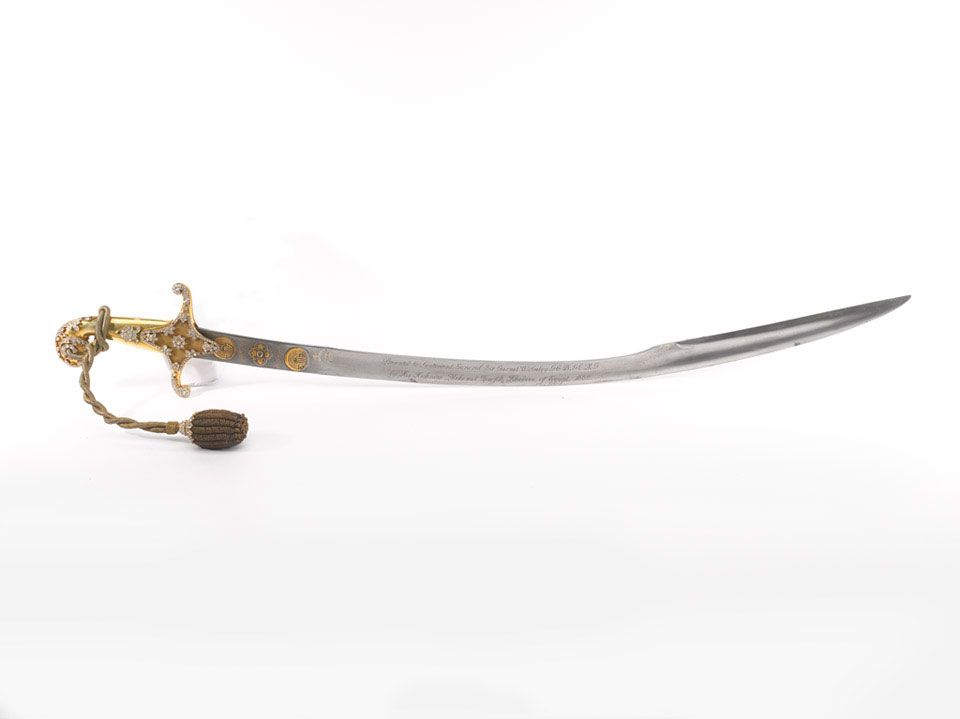
Most Amritdhari Sikhs around the world have at least a minimum small kard serving as their kirpan kakkar. We must always take care of our shastars: cleaning, sharpening, & providing other care for them
Khanda used to prepare Amrit by Dhan Dhan Sri Guru Gobind Singh Ji Maharaj
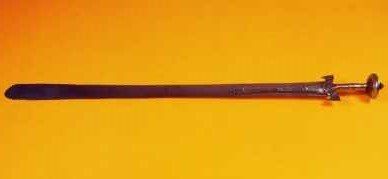
Although the general punjabi community refers to the Khanda as the symbol (two kirpaans, straight-sword, and chakkra), the Khanda refers to the double-edged sword. The Khanda is quite spiritually important as well. In Chandi Di Vaar – after the Pauree you hear in Ardaas (Pritham Bhagauti Simar Kai till Sabh Thaaee Hoe[i] Sahaae[i]) – Dhan Dhan Sri Guru Gobind Singh Ji then explain the creation of the Universe:
ਖੰਡਾ ਪ੍ਰਿਥਮੈ ਸਾਜਿ ਕੈ ਜਿਨ ਸਭ ਸੈਸਾਰੁ ਉਪਾਇਆ॥
Kha[n]daa Prithmai Saaj[i] Kai Jin Sabh Saisaar[u] Oupaaeiaa
Firstly, the Khanda was created... then from which the entire creation came from.
The Khanda is representative of Aad Shakti – the initial energy/power – from which the entire universe was created. Maharaj used this same Khanda to make the Khalsa.
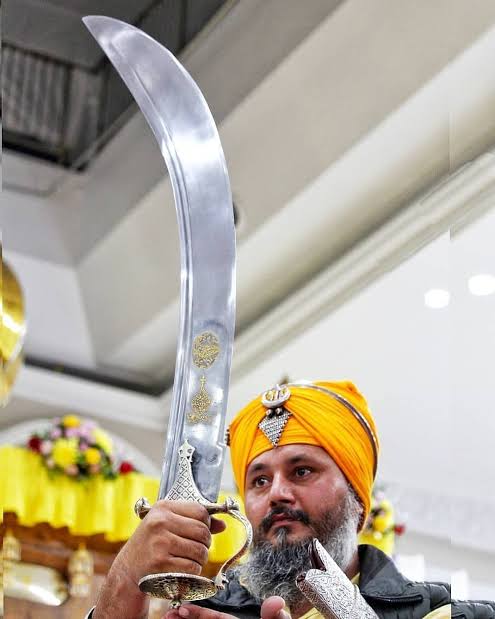
Kharrag is another umbrella term for a sword; Similar to Sree Sahib, Kripaan, Shamshir, and Tegh. However, there are variations in how it's used as a name. The Dhanurved gives a specific description as mentioned in Mahaan Kosh yet some may even refer to the Kharrag as a Khanda. The above photograph is of a Thaeghaa/Teghaa. Teghaa has a distinct wide blade. It is worth noting that not all Teghs are Teghaas.
The Kharrag has been mentioned by Guru Sahib many times in Spiritual contexts. The following updesh is from Dhan Dhan Guru Ramdas Ji Maharaj in Raag Gauree:
ਸਤਿਗੁਰੂ ਕਾ ਖੜਗੁ ਸੰਜੋਉ, ਹਰਿ ਭਗਤਿ ਹੈ; ਜਿਤੁ ਕਾਲੁ ਕੰਟਕੁ ਮਾਰਿ ਵਿਡਾਰਿਆ ॥
Sathiguroo Kaa Kharrag[u] Sa[n]jo-o[u] Har[i] Bhagath[i] Hai Jith Kaal Ka[n]tak[u] Maar[i] Vidaariaa
Bhagti of Vaheguru is Guru Sahib’s Kharrag and Armour, which kills and sends the thorn of death away.
(Ang 312)
Similarly – in Raag Maaroo – Dhan Dhan Guru Nanak Dev Ji Maharaj refer to the Spiritual Sword called the Giaan Kharrag:
ਤਸਕਰ ਪੰਚ; ਸਬਦਿ ਸੰਘਾਰੇ ॥
Thaskar Pa[n]ch Sabadh[i] Sa[n]ghaarae
There are five robbers, [I] killed them through the Shabad
ਗਿਆਨ ਖੜਗੁ ਲੈ ਮਨ ਸਿਉ ਲੂਝੈ; ਮਨਸਾ ਮਨਹਿ ਸਮਾਈ ਹੇ ॥੩॥
Giaan Kharrag[u] Lai Man Sio[u] Loojhai Mansaa Manah[i] Samaaee Hae
Take the Kharrag of Spiritual Wisdom and fight with the mind, with this mindset... the mind will merge with Vaheguru
(Ang 1022)
It is very important for the Khalsa to engrain these qualities of Bhagti and Giaan. These qualities help us see the world clearly. It is important for a warrior to be able to think clearly and strategize. Khalsa should pick and choose their battles wisely. They should make sure they are not just following a crowd or fighting for their own desires.
A very short introduction to the Avtomat Kalashnikov
The most well-known assault rifle in the last 100 yrs. Originally developed by the Russians, it is used by official armies and militant groups around the world.
It was also utilized by Kharku Shaheeds in the 1980s-1990s.
During the Dharam Yudh Morcha, it was used by many Shaheeds such as Dal Baba Bidhi Chand's Shaheed Bhai Avtar Singh Brahma.
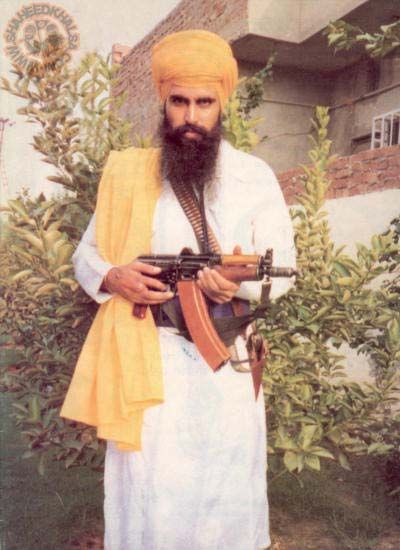
Declaration of Bhai Sahib Ji: “Our guns are pointed at those Police touts who torture Singhs and kill them in fake encounters. We do not believe in spilling the blood of any innocents. Our fight is against injustice, tyranny, and oppression. Whoever is part of this will not be able to escape our sights.”
Firearms are classified through different factors, this includes their action [how cartridges are loaded], the barrel length, the size of overall weapon, their firing rate, and the cartridge type among many other things.
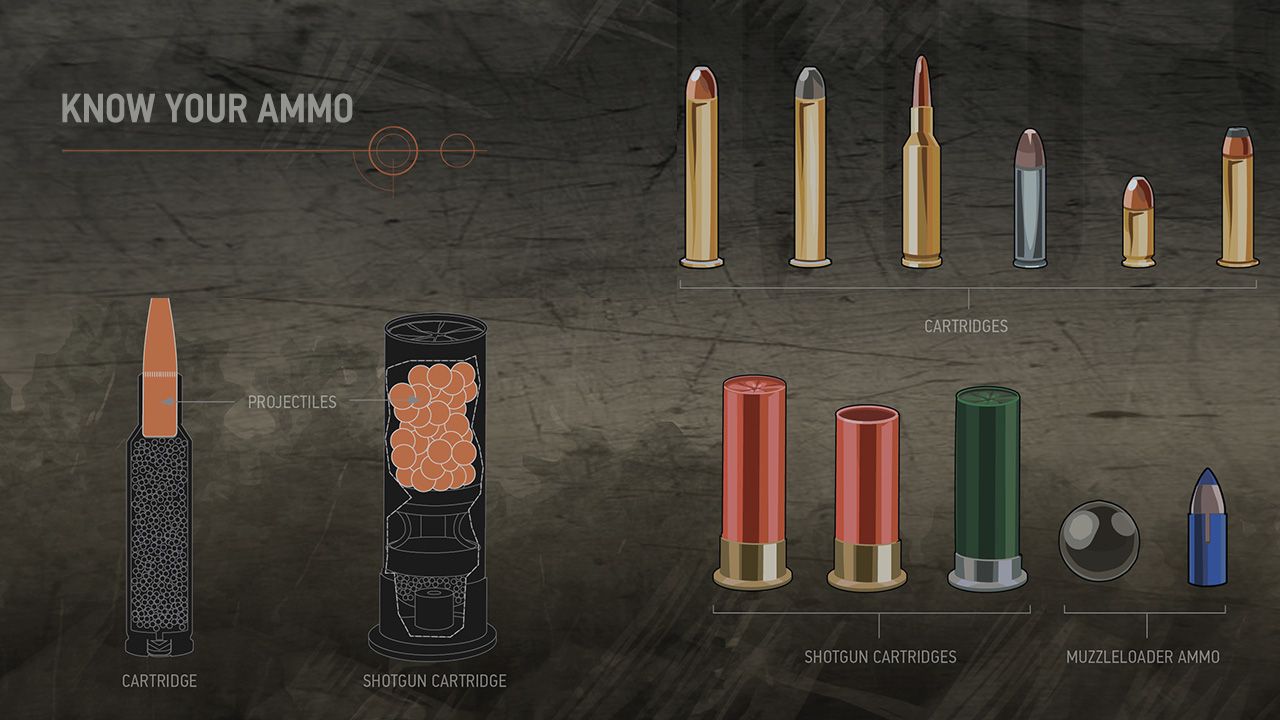
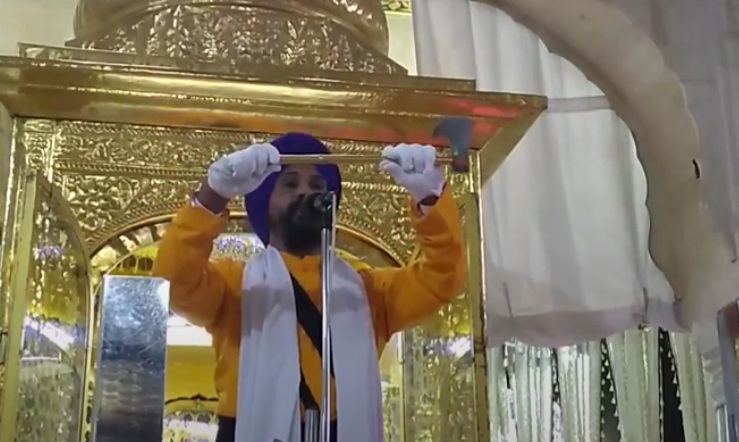
The Axe is mentioned in different contexts within Gurbani.
Bhagat Kabir Ji refer to the axe in terms of hurting yourself while in a state of spiritual blindess:
ਕਬੀਰ, ਦੀਨੁ ਗਵਾਇਆ ਦੁਨੀ ਸਿਉ; ਦੁਨੀ ਨ ਚਾਲੀ ਸਾਥਿ ॥
Kabeer Dheen[u] Gavaaeiaa Dhunee Sio[u] Dhunee n Chaalee Saathh[i]
Bhagat Kabeer Ji: [You] lose [your] faith due to the world but the world isn’t going to go with [you] [when you die]
ਪਾਇ ਕੁਹਾੜਾ ਮਾਰਿਆ; ਗਾਫਲਿ ਅਪੁਨੈ ਹਾਥਿ ॥੧੩॥
Paae[i] Kuhaarra Maariaa Gaafal[i] Apunai Haathh[i]
[You] hit your own foot with a Kuhaarraa, in carelessness with [your] own hand
(Ang 1365)
While praising Dhan Dhan Guru Nanak Dev Sahib Ji Maharaj, Bhatt Kal Sahaar Ji refer to many divine beings singing the Praises of Guru Sahib (including that of Parasraam, the famous Axe-wielding avatar):
ਗਾਵੈ ਜਮਦਗਨਿ, ਪਰਸਰਾਮੇਸੁਰ ਕਰ ਕੁਠਾਰੁ; ਰਘੁ. ਤੇਜੁ ਹਰਿਓ ॥
Gaavai Jamdhagan[i] Parasraamaesur Kar Kuttaar[u] Ragh[u] Thaej Hario
The Son of Jamdhaganee: Parasraam Ji who used an Axe and lost his power to Ram Chandra Ji... He sings [of Guru Nanak Dev ji as well]
(Ang 1389)
If you wish to read about Parasraam Ji's story then please read Sri Guru Gobind Singh Ji Maharaj's Chaubis Avatar.
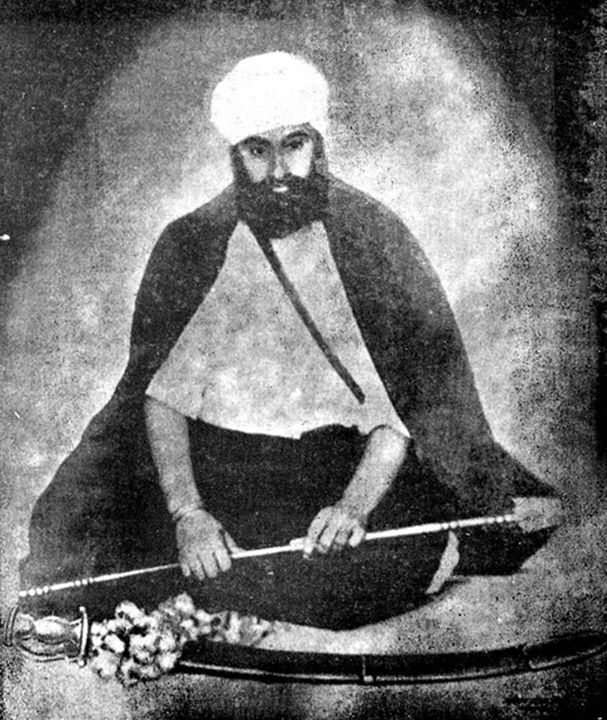
The history of bow-and-arrows is quite ancient. They can be looked at from various traditions. In India, the Dhanurveda describes the characteristics of the bow and arrows in much depth. As we are used to using seeing the arrowhead being triangular and pointed, the Dhanurveda explains there are other types as well: needle-tipped, crescent-moon tipped, serrated tipped, among many more. The feather of the arrow can be made of a chicken-feather, heron-feather, crane-feather, swan-feather, among feathers of various other birds. There are 3 types of arrows: heavy arrows used for piercing thicker targets (male), light arrows used to go fast and long distance (female), neutral arrows (in between male & female) which are used for practice (napunsak).
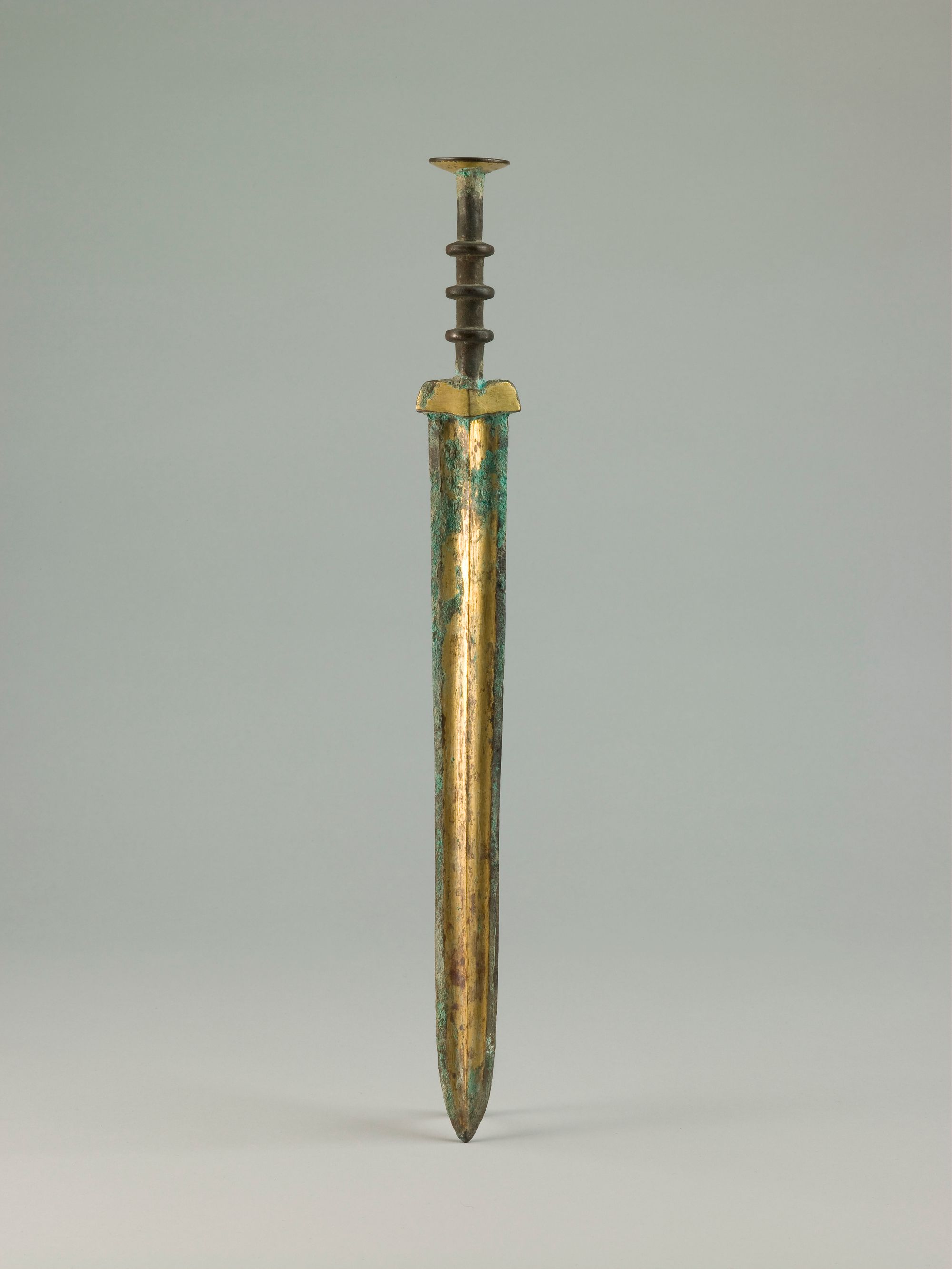
How did Sirohi get it's name?
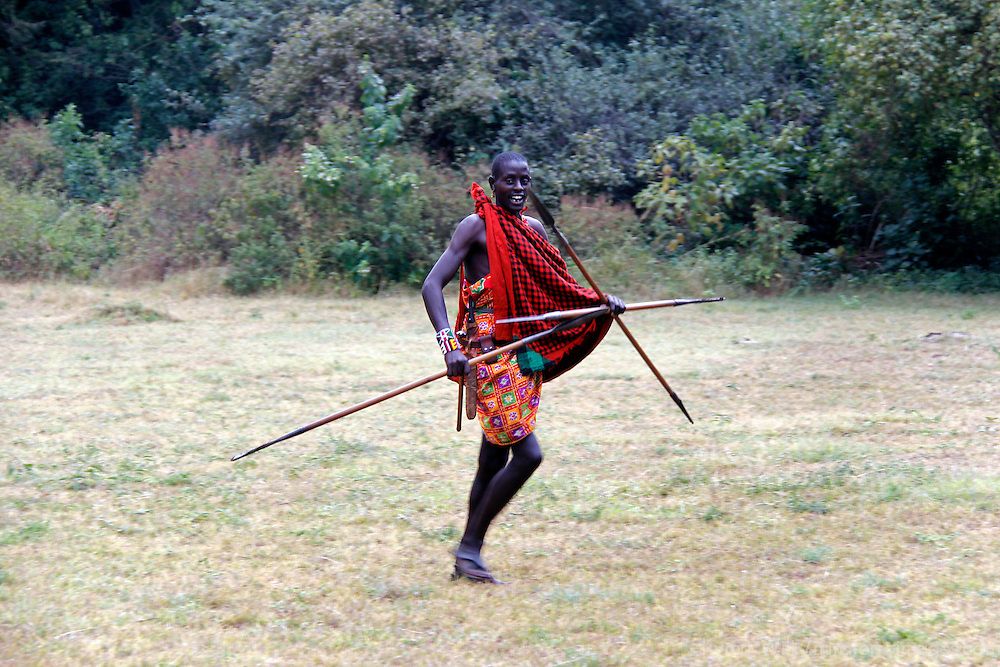
Maasai use the spear as a daily weapon of self-defense against wild animals preying on their grazing animals
Budha Dal (Raqba) doing Aarti-Aarta worship of Sri Gurbani Ji & Sri Shastar-Astar
The tradition of worshipping weapons comes directly from Dhan Dhan Sri Guru Gobind Singh Sahib Ji Maharaj themselves. Maharaj gave shastars the status of Saints. The Khalsa worships the Shastars as the form of Akaal Purakh.
In Sohila Sahib, Dhan Guru Ramdas Ji Maharaj give us updesh:
ਕਰਿ ਸਾਧੂ ਅੰਜੁਲੀ; ਪੁਨੁ ਵਡਾ ਹੇ ॥
Kar[i] Saadhhoo A[n]julee Pun[u] Vadaa Hae
To fold your hands in front of a Saint, is a great deed
ਕਰਿ ਡੰਡਉਤ; ਪੁਨੁ ਵਡਾ ਹੇ ॥੧॥ ਰਹਾਉ ॥
Kar[i] Da[n]douth Pun[u] Vadaa Hae
[even more] to bow down (fully flat like a stick) [infront of them] is a great deed
Dhan Dhan Sri Guru Gobind Singh Ji Maharaj gives similar updesh in Bachithhar Naatak:
ਜਿਤੇ ਸਸਤ੍ਰ ਨਾਮੰ ॥ ਨਮਸਕਾਰ ਤਾਮੰ ॥
Jithae Sasthr Naam[ng]; Namaskaar Thaam[ng]
Wherever Shastars are named, Namaskaar to that place
ਜਿਤੇ ਅਸਤ੍ਰ ਭੇਯੰ ॥ ਨਮਸਕਾਰ ਤੇਯੰ ॥੯੧॥
Jithae Asthr Bhaey[ng]; Namaskaar Thaey[ng]
Wherever there are Asthars (projectiles) present; Namaskaar to that place
Just as Bhagat Kabir Ji turned his weaving into Bhagti, Bhagat Dhanna Ji turned his farming into Bhagti, and Bhagat Beni Ji turned his Yoga into Bhagti; in this way, Maharaj has turned the Warrior Practice of the Khalsa into Bhagti.
–
Just as Vaheguru is Beant, so are Their Shastars. With Maharaj's Kirpa, Aap Ji are developing a stronger relationship with Shastars and appreciating them more and more. Please forgive any mistakes.
Guru Panth Da Daas,
~Aaeenaa

